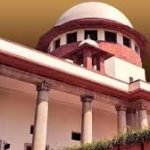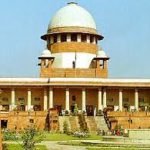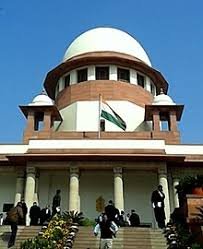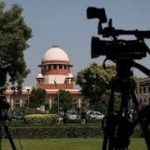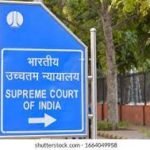The appeals concern the reversal of an acquittal by the High Court of Gujarat, which had convicted some individuals previously acquitted by a Trial Court. The case stems from a 2002 riot where a mob surrounded a graveyard and mosque, leading to police intervention and arrests. The core issue examined by the Supreme Court is whether the mere presence of individuals at the scene of a large, chaotic riot is sufficient to establish their membership in an unlawful assembly, especially when no specific overt acts are attributed to them. Ultimately, the Supreme Court overturned the High Court’s conviction, restoring the original acquittal.
(A) Penal Code, 1860, Sections 143, 147, 153 (A), 295, 436 and 332 – Unlawful assembly – Common object – Held that in cases of group clashes where a large number of persons are involved, an onerous duty is cast upon the courts to ensure that no innocent bystander is convicted and deprived of his liberty – In such type of cases, the courts must be circumspect and reluctant to rely upon the testimony of witnesses who make general statements without specific reference to the accused, or the role played by him – This is so, because very often, particularly when the scene of crime is a public place, out of curiosity, persons step out of their home to witness as to what is happening around – Such persons are no more than bystander though, to a witness, they may appear to be a part of the unlawful assembly – Thus, as a rule of caution and not a rule of law, where the evidence on record establishes the fact that a large number of persons were present, it may be safe to convict only those persons against whom overt act is alleged – At times, in such cases, as a rule of caution and not a rule of law, the courts have adopted a plurality test, that is, the conviction could be sustained only if it is supported by a certain number of witnesses who give a consistent account of the incident – Though it is not feasible to exhaustively lay down the list of circumstances from which an inference regarding the accused being part of the unlawful assembly be drawn, the Courts have generally held the accused vicariously liable, with the aid of Section 149 of the IPC, inter alia, (a) where he had proceeded to the scene of crime along with other members of the assembly carrying arms or instruments which could serve the object of the assembly; and (b) where he had participated in any manner in the events which serve the common object of the assembly.
(Para 13 and 14)
(B) Penal Code, 1860, Sections 143, 147, 153 (A), 295, 436 and 332 – Unlawful assembly – Common object – Judgment and order of acquittal passed by trial Court partly reversed by High Court -Appellants were residents of the same village where riots broke out, therefore their presence at the spot is natural and by itself not incriminating – More so, because it is not the case of the prosecution that they came with arms or instruments of destruction – In these circumstances, their presence at the spot could be that of an innocent bystander who had a right to move freely in absence of prohibitory orders – No evidence has come on record to indicate that the appellants incited the mob, or they themselves acted in any manner indicative of them being a part of the unlawful assembly – Therefore, mere presence of the appellants at the spot, or their arrest therefrom, was not sufficient to prove that they were a part of the unlawful assembly comprising of more than a thousand people – The view to the contrary taken by the High Court is completely unjustified – More so, while hearing an appeal against an order of acquittal – Impugned judgment and order of the High Court liable to be set aside, and the order of the Trial Court is restored.
(Para 15 to 18)
Dhirubhai Bhailalbhai Chauhan & Anr. V. State Of Gujarat & Ors.
Supreme Court: 2025 INSC 381: (DoJ 21-03-2025)

